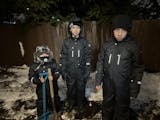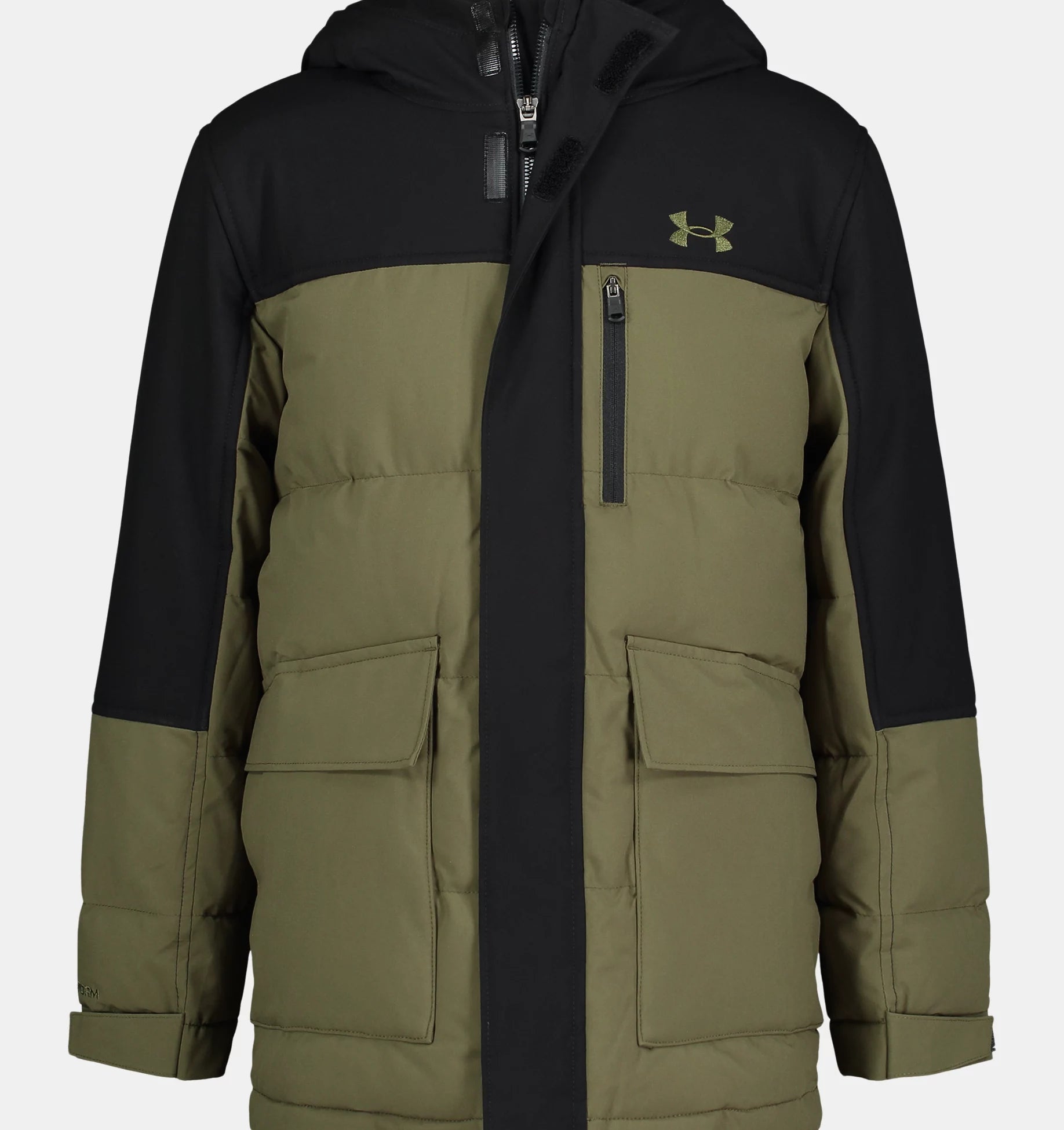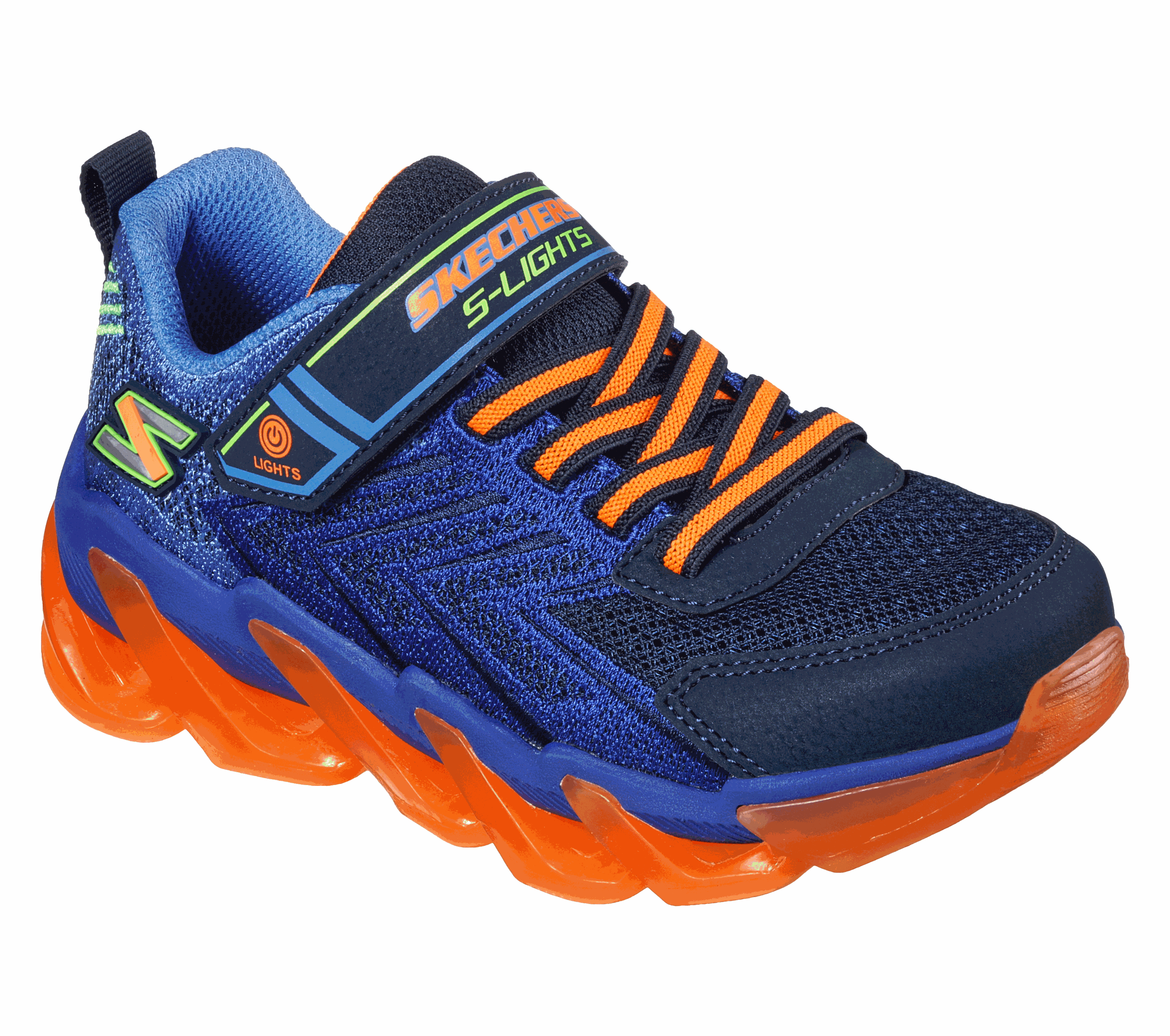Shopping for baby clothes can be both exciting and overwhelming for new parents. The choices seem endless, and you want to make sure that every item you pick is comfortable, safe, and appropriate for your baby’s needs. With so many factors to consider—such as size, material, and functionality—it's easy to feel unsure about what to buy. Fortunately, we’ve created this comprehensive guide to baby clothes shopping that will help you make informed decisions every time you shop.
In this blog, we will cover:
- The key factors to consider when shopping for baby clothes
- How to choose the right fabrics for comfort and safety
- Tips for buying baby clothes for every season
- How to ensure you're buying clothing that lasts
- Essential baby wardrobe items you shouldn’t miss
- Sustainable and eco-friendly options for baby clothing
Let’s dive into the essentials of baby clothes shopping, offering expert insights, tips, and recommendations that prioritize both comfort and safety for your baby.
Why Baby Clothes Shopping Requires Thoughtful Consideration
As a parent, you naturally want the best for your baby. When it comes to clothes, it's easy to be drawn in by cute designs and attractive sales, but it’s essential to focus on the functionality and comfort of the clothing. Babies have sensitive skin, they grow quickly, and they require easy-to-use clothing that is both practical and durable.
Here’s why thoughtful baby clothes shopping is so important:
- Sensitive skin: Babies have delicate skin that can be easily irritated by rough fabrics, tags, or chemicals in clothing. It's essential to choose fabrics that are gentle and hypoallergenic.
- Growth: Babies grow fast, and clothes can quickly become too small. Adjustable, stretchy fabrics or items like bodysuits with snaps allow your baby to wear the same pieces for a longer time.
- Safety: Baby clothing should be free from small parts, loose strings, or anything that could pose a choking hazard.
Key Factors to Consider When Shopping for Baby Clothes
Before you start filling your cart with adorable outfits, it’s important to consider several key factors to make sure that the clothes you buy are practical and safe.
1. Fabric Type and Material
The fabric is one of the most important aspects of choosing baby clothes. Babies’ skin is sensitive, and fabrics should be soft, breathable, and free of harmful chemicals. Here are the best fabric choices for baby clothes:
- Organic Cotton: A soft, breathable, and hypoallergenic fabric that is perfect for babies with sensitive skin. Look for GOTS-certified organic cotton for a guarantee that no harmful chemicals were used in production.
- Bamboo Fabric: Known for being super soft and eco-friendly, bamboo fabric is also moisture-wicking, antibacterial, and breathable, making it an excellent choice for babies.
- Merino Wool: For cooler temperatures, merino wool is warm yet breathable and naturally resists odors.
- Muslin: A lightweight fabric perfect for warmer weather. Muslin is soft and breathable, making it ideal for swaddles, blankets, and summer clothes.
When shopping for fabrics, check the care instructions to ensure the clothes are easy to wash and maintain. Be wary of clothes with harsh dyes or chemicals that could irritate your baby’s skin.
2. Size and Fit
Choosing the right size is crucial to ensure your baby is comfortable. Baby clothing sizes can vary across brands, so always check size charts. Babies grow quickly, and it’s common for clothes to be outgrown before they’ve even worn them. Here are a few tips:
- Buy ahead: You can buy a size up so your baby has clothes ready for the next stage, but make sure the fit isn’t too large to avoid unnecessary discomfort.
- Consider adjustable clothing: Bodysuits with snaps and elastic waistbands allow for better fit as your baby grows.
- Avoid tight clothes: Clothing that’s too tight can restrict movement and cause discomfort, so always look for soft and stretchy fabrics that allow for growth.
3. Functionality and Ease of Use
As a parent, you’re often juggling a million things at once, so you need baby clothes that are easy to use. Consider the following:
- Snaps and zippers: Choose baby clothes with easy-to-open snaps or zippers that make diaper changes simple and fast. Look for onesies with lap shoulders for easy dressing.
- Elastic waistbands: For pants or skirts, an elastic waistband ensures a snug fit without being too tight, and it’s easier to get on and off.
- Layering pieces: Babies need to be dressed in layers for warmth or to adjust to changing temperatures. Opt for items that are easy to mix and match.
4. Durability and Quality
Babies are messy, and their clothes are likely to see a lot of wear and tear, especially with frequent washing. It’s important to buy high-quality, durable clothing that will hold up over time. When shopping, look for:
- Reinforced stitching: Clothes with strong stitching will last longer through many washes.
- Sturdy fabrics: Fabrics that are pre-washed or shrink-resistant are ideal to ensure they don’t lose shape after washing.
5. Baby Clothing Safety
Safety should always be a priority. Avoid any clothing that contains small buttons, strings, or other potential choking hazards. Always check for:
- No choking hazards: Choose simple designs without small adornments like buttons, beads, or loose ties.
- No long strings or cords: Baby clothes should be free from any long strings or cords that could pose a strangulation risk.
Essential Baby Wardrobe Items You Shouldn’t Miss
While baby clothing shopping can be fun, it’s important to focus on the essentials. Here are the must-have items for your baby’s wardrobe:
1. Bodysuits and Onesies
Bodysuits and onesies are essential for any baby wardrobe. They are comfortable, easy to put on, and can be layered under other clothing. Look for ones with easy snaps for quick diaper changes.
2. Sleepwear
Babies sleep a lot, so comfortable sleepwear is a must. Look for soft cotton or bamboo pajamas, ideally with snug-fitting legs and long sleeves to keep them cozy at night. A sleep sack is another good option.
3. Pants and Leggings
Soft, stretchy pants or leggings will allow your baby to move comfortably. Look for options with elastic waistbands and soft fabrics that won’t dig into their skin.
4. Hats and Socks
Babies lose heat through their heads, so soft hats are essential for keeping them warm. Socks are also important for maintaining warmth and preventing cold feet.
5. Outerwear
For colder months, make sure you have some warm outerwear, such as a cozy fleece jacket, swaddles, or snowsuitsthat provide warmth and comfort. These items are great for chilly weather or outdoor outings.
How to Buy Baby Clothes for Every Season
When buying clothes for your baby, you need to account for different weather conditions. Below are some tips for shopping based on the season:
- Spring and Fall: Light layers are key, such as long-sleeve onesies, cardigans, and lightweight jackets. Think breathable fabrics like organic cotton or jersey knit.
- Summer: Go for short-sleeve onesies, rompers, light hats, and UV-protective clothing for sun protection.
- Winter: Warm, insulated outerwear, including merino wool sweaters, fleece-lined coats, and snowsuits are essential to keep your baby warm.
Eco-Friendly and Sustainable Baby Clothing Options
As parents, many of us are increasingly concerned about the environment, and we want to make more sustainable choices. Here are a few eco-friendly options to consider when shopping for baby clothes:
1. Organic Cotton Clothing
Organic cotton is grown without pesticides or harmful chemicals, making it better for both the environment and your baby’s skin. Look for certified organic cotton for a sustainable and gentle option.
2. Secondhand Baby Clothes
Buying secondhand or gently used baby clothes can save you money while also reducing waste. Look for high-quality, gently used clothes from trusted sources.
3. Clothing Made from Recycled Materials
Some brands offer baby clothes made from recycled fabrics, such as recycled polyester or recycled cotton, which are great eco-friendly alternatives.
Conclusion: Shop Smart for Your Baby's Wardrobe
Shopping for baby clothes doesn’t have to be overwhelming. By considering factors like fabric types, size, comfort, and safety, you can make confident decisions that prioritize your baby’s health and well-being. From essentials to seasonal wear, buying baby clothes that are practical, safe, and sustainable ensures your little one is always dressed in comfort.
For a wide selection of high-quality baby clothes, check out Jennikidz. We offer a range of soft, breathable, and safe clothing options that are perfect for your growing baby, ensuring they stay comfortable in any season.




























